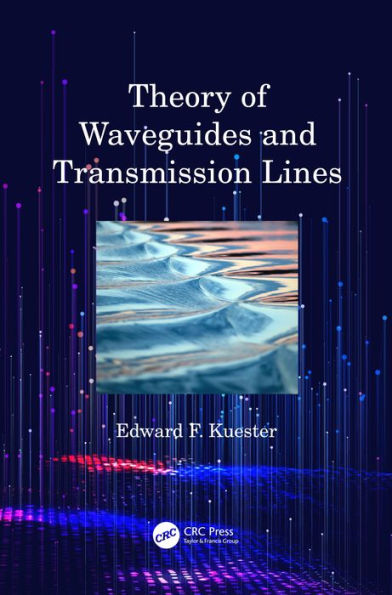This book covers the principles of operation of electromagnetic waveguides and transmission lines. The approach is divided between mathematical descriptions of basic behaviors and treatment of specific types of waveguide structures. Classical (distributed-network) transmission lines, their basic properties, their connection to lumped-element networks, and the distortion of pulses are discussed followed by a full field analysis of waveguide modes. Modes of specific kinds of waveguides - traditional hollow metallic waveguides, dielectric (including optical) waveguides, etc. are discussed. Problems of excitation and scattering of waveguide modes are addressed, followed by discussion of real systems and performance.
This book covers the principles of operation of electromagnetic waveguides and transmission lines. The approach is divided between mathematical descriptions of basic behaviors and treatment of specific types of waveguide structures. Classical (distributed-network) transmission lines, their basic properties, their connection to lumped-element networks, and the distortion of pulses are discussed followed by a full field analysis of waveguide modes. Modes of specific kinds of waveguides - traditional hollow metallic waveguides, dielectric (including optical) waveguides, etc. are discussed. Problems of excitation and scattering of waveguide modes are addressed, followed by discussion of real systems and performance.

Theory of Waveguides and Transmission Lines
610
Theory of Waveguides and Transmission Lines
610Related collections and offers

